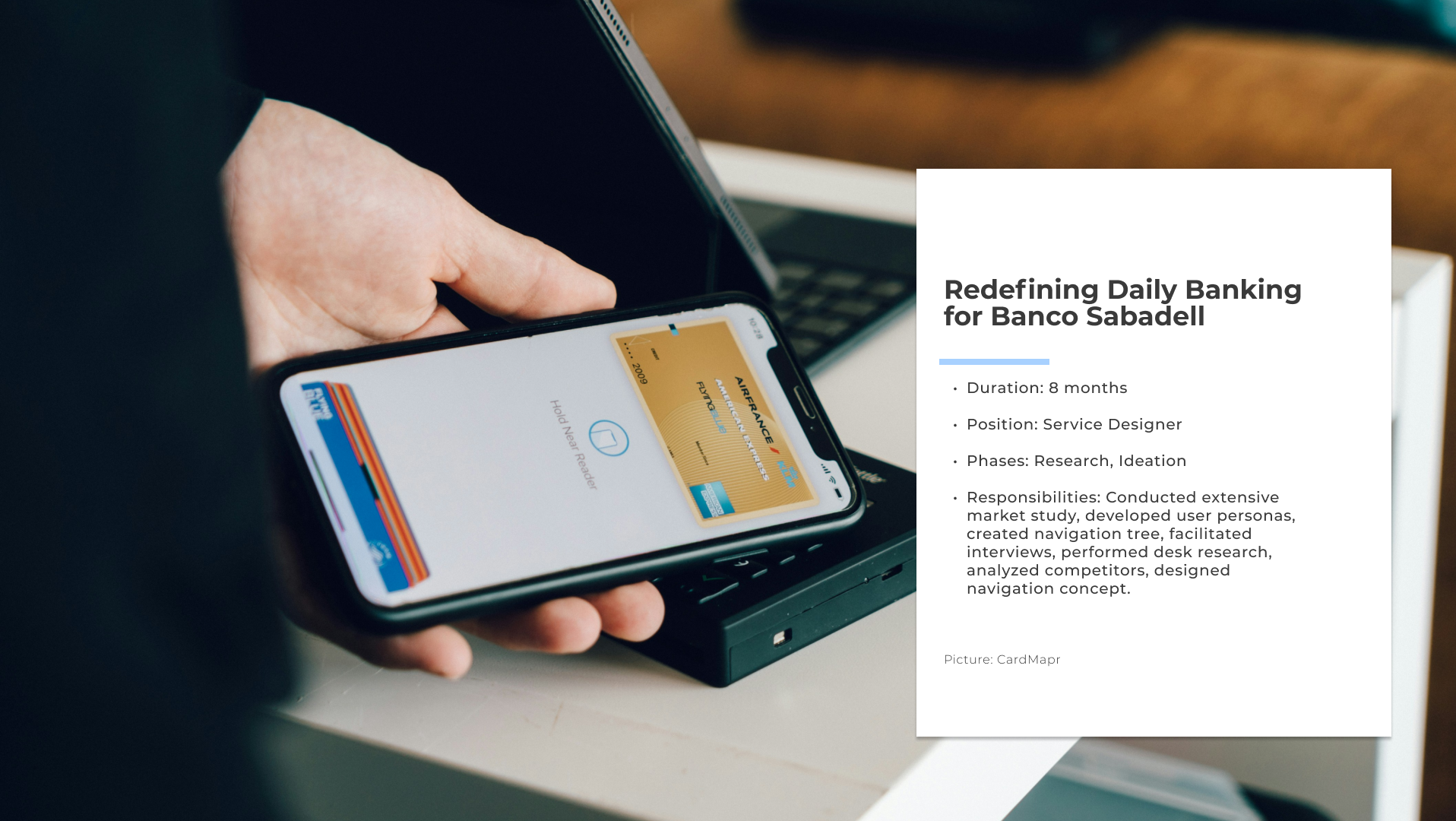Content (Brief)
Mission was to revolutionize the management of hospitality businesses by offering a fully customizable cloud-based POS system. The software aimed to reduce paper usage, streamline inventory management, and leverage powerful analytics through Power BI to offer deep insights into restaurant operations.
Problem Statement
Restaurant owners often struggle with managing various aspects of their operations, including reservations, orders, inventory, and analytics, especially when relying on traditional, paper-based methods. This inefficiency can lead to errors, increased costs, and a lack of actionable insights.
Crafted Solution
Remote Management: Control all aspects of restaurant operations from anywhere.
Paper Reduction: Digitize processes to minimize the use of paper.
Inventory Management: Streamline inventory and reduce wastage.
Analytics: Power BI for detailed insights and analytics.
Reservations and Orders: Efficiently manage reservations and customer orders.
Customization: customizable to meet the unique needs of each restaurant.
Desk Research and Market Need
The idea emerged from the increasing demand for digital transformation in the hospitality industry. Restaurant owners needed efficient ways to manage their operations remotely, reduce dependency on paper, and leverage data for better decision-making. Studies indicated a significant gap in the market for customizable, cloud-based POS systems that could cater to these needs.
To gather comprehensive insights and create accurate user personas, we conducted a series of qualitative and quantitative interviews with restaurant owners, managers, chefs, bartenders, and customer service representatives.
Interviews Conducted
Qualitative Interviews
Total: 20 interviews
Participants: 5 restaurant owners, 5 managers, 5 chefs, 3 bartenders, 2 customer service representatives
Method: In-depth, semi-structured interviews conducted via video calls and in-person meetings
Focus Areas: Pain points, needs, daily workflows, preferred features, and overall experience with current POS systems
Qualitative Interviews
Total: 20 interviews
Participants: 5 restaurant owners, 5 managers, 5 chefs, 3 bartenders, 2 customer service representatives
Method: In-depth, semi-structured interviews conducted via video calls and in-person meetings
Focus Areas: Pain points, needs, daily workflows, preferred features, and overall experience with current POS systems
Quantitative Surveys
Total: 98 responses
Participants: 29 restaurant owners, 27 managers, 20 chefs, 10 bartenders, 10 customer service representatives
Method: Online surveys distributed via email and social media channels
Focus Areas: Usage patterns, feature importance, satisfaction with current systems, and desired improvements
Usability Tests for Each Flow
Chef Interface
Scenario: Track and fulfill incoming orders.
Test: Ensure orders appear in real-time and can be marked as completed with minimal interaction.
Outcome: Smooth order processing and clear communication with waitstaff.
Waiter/Server Interface
Scenario: Take and manage customer orders.
Test: Check ease of order entry, modification, and tracking.
Outcome: Efficient order handling and quick updates.
Manager Interface
Scenario: Analyze daily performance and manage inventory.
Test: Validate the accuracy and usability of dashboards and reports.
Outcome: Detailed insights and streamlined inventory management.
Design and Iterations
Design Process
Developed wireframes and high-fidelity designs for each section of the software.
Conducted multiple design iterations based on feedback from stakeholders and usability tests.
Ensured that the designs aligned with the specific needs of each user persona and role.
AB Testing
Performed AB tests to compare different design versions and features.
Analyzed user interactions and preferences to determine the most effective design elements.
Implemented the best-performing designs based on AB test results.
Agile Workflow
Work Plan
Defined a detailed roadmap and work plan to align with project goals.
Scheduled regular meetings and follow-ups to ensure progress and address any issues promptly.
Utilized an Agile workflow to enable flexibility and adaptability throughout the project.
Agile Methodology
Adopted Scrum practices, including sprint planning, daily stand-ups, and sprint reviews.
Prioritized tasks and features in the product backlog to deliver incremental improvements.
Engaged in continuous feedback loops with the development team, stakeholders, and end-users to refine and enhance the software.



